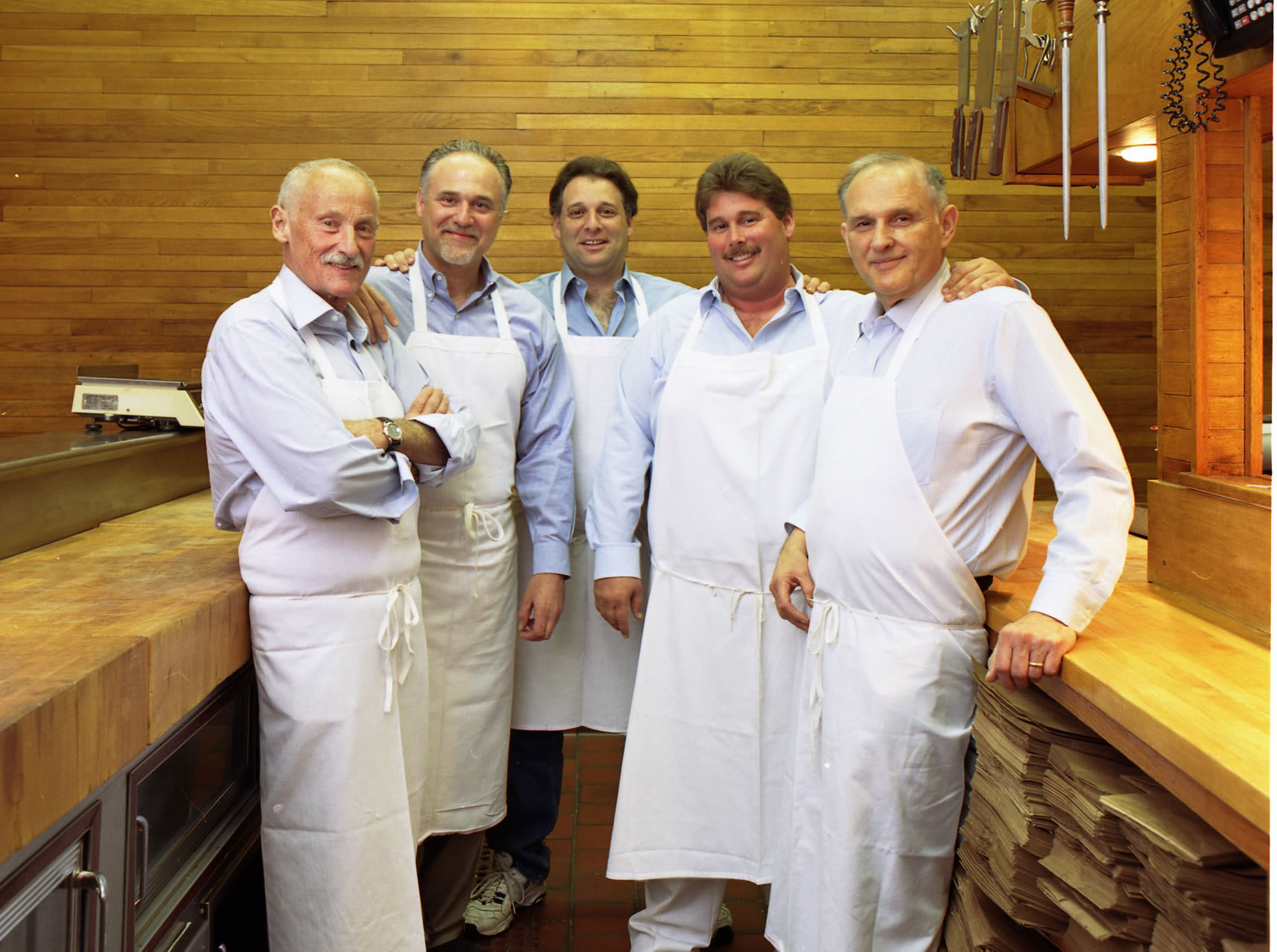FAQ's
|
Business Gifts
|
Customer Service: 1-877-783-4512
|
SPECIAL OFFER: Get a FREE Lobel's Baseball Hat with all orders placed TODAY!
FAQ's
Business Gifts
Customer Service: 1-877-783-4512
SPECIAL OFFER: Get a FREE Lobel's Baseball Hat with all orders placed TODAY!
Note: We recently updated our password security standards. If your password isn't at least 6 characters long and doesn't contain at least 1 letter and 1 number, you will need to reset it to be more secure. Please use the forgot password link above.
Enter Your Email ID to log in
login password
forgot password email id
enter First Name to sign up
enter last Name to sign up
enter email to sign up
enter password to sign up
enter confirm password to sign up
-
You have no items in your cart.
- USDA PRIME BEEF
- AMERICAN WAGYU BEEF
- PORK & POULTRY
- OTHER SPECIALTIES
- GIFTS
-
ABOUT LOBEL'S
- Our Valued Tradition
- Media Relations
-
About lobel's
We want you to feel as comfortable as satisfied purchasing the finest and freshest meats from us online as you’d experience at the front counter of our shop in New York City.

- Our Valued Tradition
-
FAQ'S
- About the Lobel Family
- About Lobel's of New York
- About Lobel's Prime Meats
- About Lobel's Carving Station in Yankee Stadium
- Holiday & Event Ordering Deadlines
- Placing an Order
- Shipping
- My Account
- About our Products
- Selecting Cuts of Meat
- Storing and Preparing Meat
- Problems with an Order
- Questions about an Order
- Preparation Tips
-
LOCATIONS
